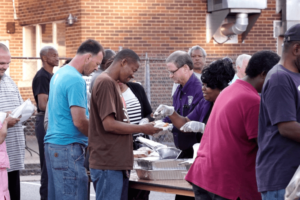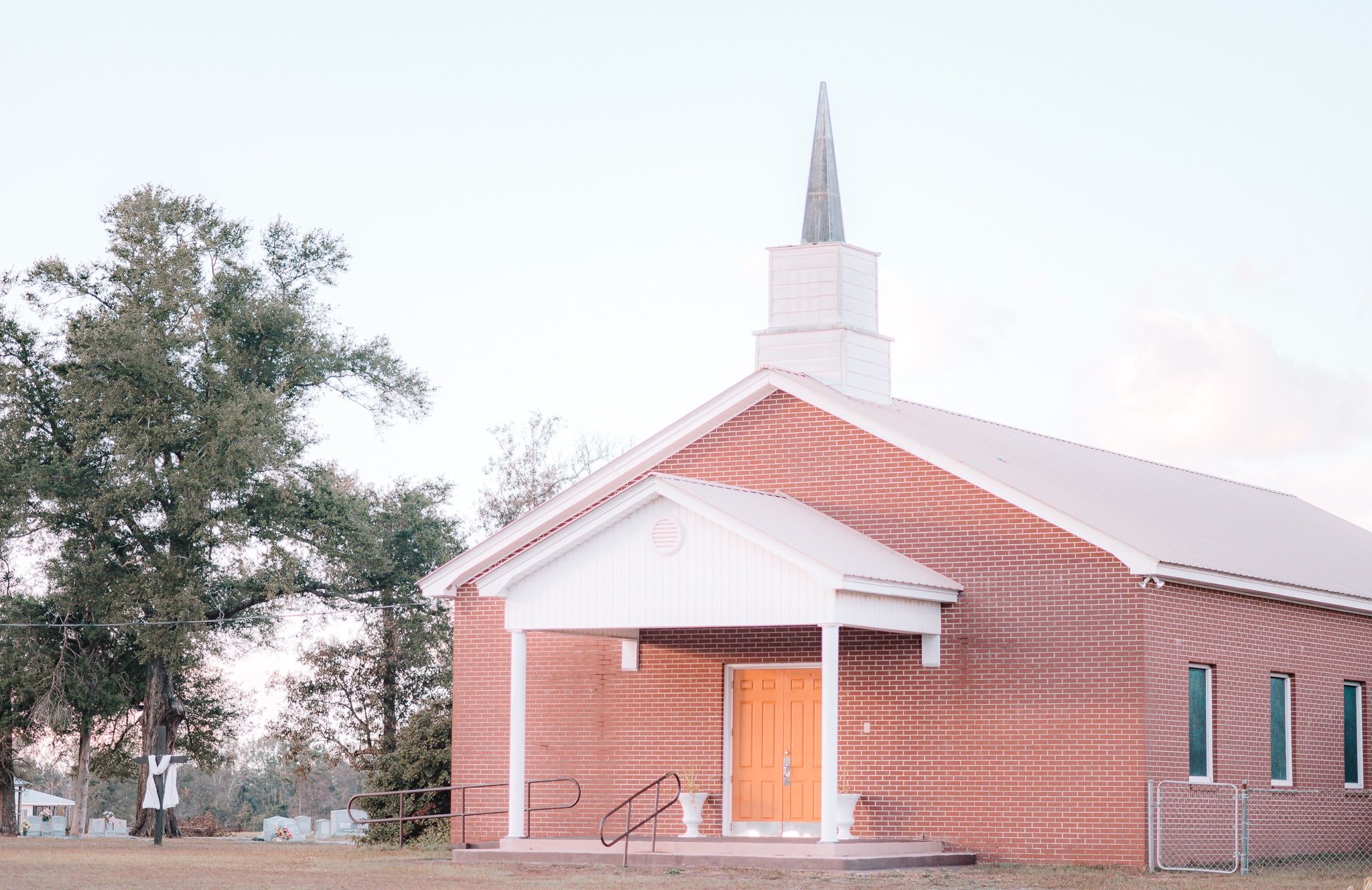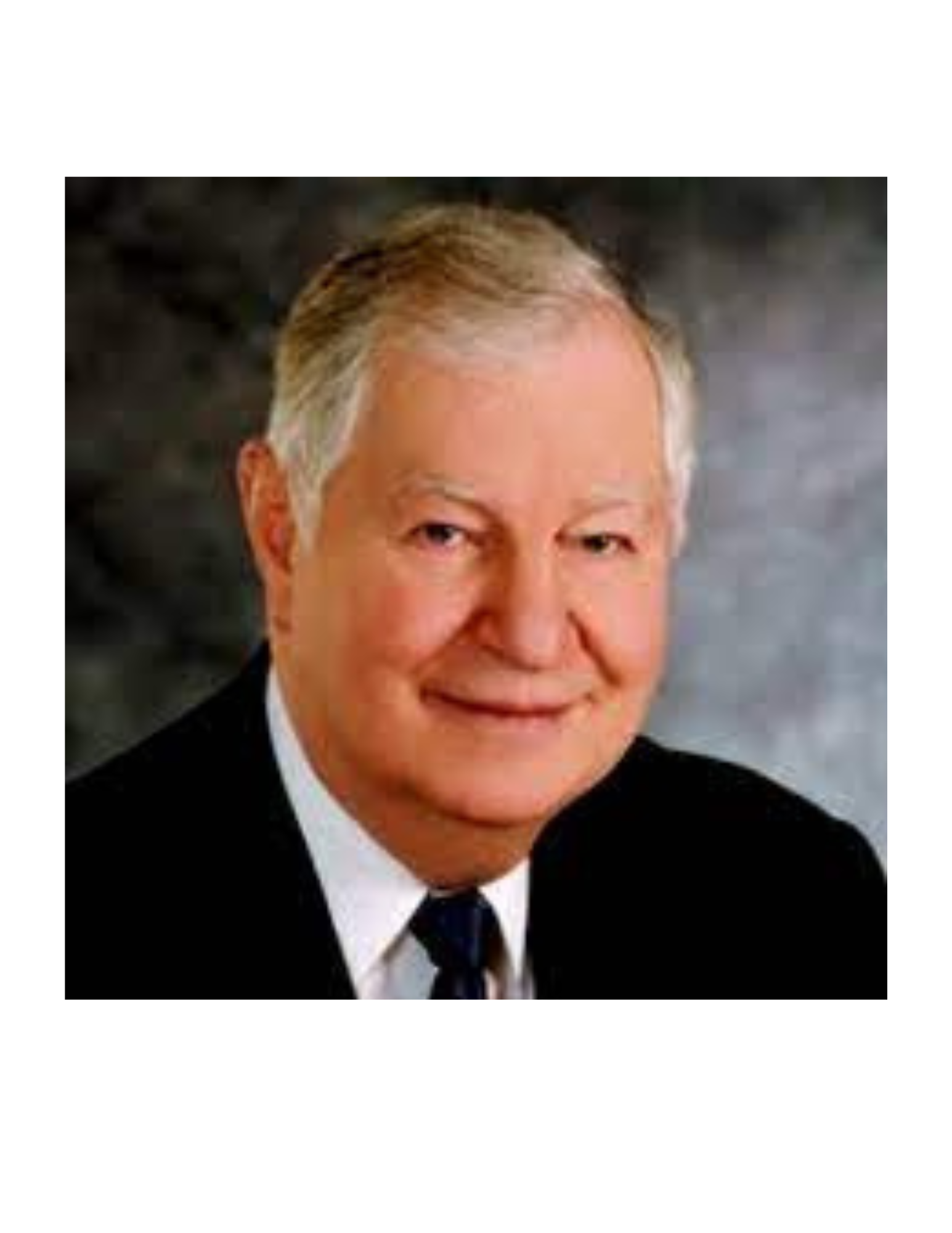Failing to Adapt to the Changing Community
Failing to Adapt to the Changing Community
A Changing Community
 The seasoned deacon stopped in his tracks and turned to me with a frustrated glance. It had been a contentious deacon’s meeting where we discussed new outreach methods, the worship service, and the decline in Sunday School attendance. Angrily, he asked me, “Why do I have to change? I was here first! Those people [the unreached people in the community], they had their chance. I came to this church because I liked the music, the order of worship, and my Sunday School class. Those people could have come to church, but they didn’t. So why do I have to change for them?”
The seasoned deacon stopped in his tracks and turned to me with a frustrated glance. It had been a contentious deacon’s meeting where we discussed new outreach methods, the worship service, and the decline in Sunday School attendance. Angrily, he asked me, “Why do I have to change? I was here first! Those people [the unreached people in the community], they had their chance. I came to this church because I liked the music, the order of worship, and my Sunday School class. Those people could have come to church, but they didn’t. So why do I have to change for them?”
I was taken aback. His words echoed a sentiment I had heard in various forms from others in the congregation. Unfortunately, at that moment, I was unprepared. All I could stammer out was, “It’s not about us; it’s about the Gospel.” He wasn’t convinced. As frustrated as ever, he stormed off to his white Buick Riviera with the church logo on the license plate.
Looking back, I wish I had been better equipped to respond to his frustration with Scripture. I wish I had flipped open my Bible and read Paul’s letter to the Church in Philippi:
“Do nothing from selfish ambition or conceit, but in humility count others more significant than yourselves. Let each of you look not only to his own interests, but also to the interests of others. Have this mind among yourselves, which is yours in Christ Jesus, who, though he was in the form of God, did not count equality with God a thing to be grasped, but emptied himself, by taking the form of a servant…” (Philippians 2:3-7 ESV).
Paul’s words might have helped him understand the biblical call to love our neighbors selflessly and why we should give up our personal preferences for the advancement of the Gospel. The mission of the church isn’t about maintaining comfort or holding onto programming that no longer serves the community—it’s about reaching people where they are. But at that moment, the opportunity to share this truth slipped away.
The Struggle to Adapt
Conversations like these became the norm. I joined the church with my family in 2008 as the Associate Pastor of Students. The senior pastor, a recent seminary graduate, recognized that the church needed to reach young families to survive. But, looking back, the church didn’t need just a youth pastor—it needed a renewed love for its community.
For decades, the church had thrived as it met the spiritual and social needs of the mill village. Fathers worked together at the mill, children played ball on the field behind the church, families worshipped together, and everyone knew their neighbors. The church was vital to the community’s fabric, providing spiritual leadership and social connection. Bus ministries for children, Christmas pageants, children’s ministry, and VBS we

eks that engaged the entire community were all commonalities in the first 50-60 years of the church’s life.
However, the community changed as the textile industry declined and the mill shut down. The once tight-knit, blue-collar families moved away, and their homes became transient rental properties. The community quickly transitioned to different people groups and cultures than the church was used to accommodating. The congregation followed suit, moving away from the mill village. And while they still came to worship, the deep relationships that once existed between the church and its neighborhood had frayed.
The church’s programs continued but grew less and less effective. Though the church occasionally tried to engage the community with door-to-door invitations to events or programs, the community was reluctant to accept because of the lack of relationships and the cultural differences between the church and the community. The community had changed, and the church had not. Eventually, the congregation failed to recognize the surrounding neighborhood as their mission field as many congregants resented the change in the community.
A Common Challenge Across Churches
This pattern isn’t unique. Across the country, many churches face the same struggle. A once-thriving church slowly drifts into decline as its surrounding community changes. But the critical issue isn’t just that the community changed—it’s that the church didn’t. Soon, the church, feeling like an outsider in its community, withdraws behind the church walls.
Fred Clement, pastor of One Family Church in Dayton, Ohio, shared a similar story on Episode 247 of the podcast. Clement tells the story of Meadowdale Baptist, who had also struggled with adapting to cultural and demographic shifts in the community. Under Clement’s leadership, the church transitioned into One Family Church, with a renewed focus on engaging the community through relationships with local schools and neighborhoods. Clement wisely noted, “If you don’t engage the community, they won’t engage you.”
Practical Steps for Engaging the Changing Community
 So, how can churches facing similar challenges begin to reconnect with their communities? Here are a few steps to consider:
So, how can churches facing similar challenges begin to reconnect with their communities? Here are a few steps to consider:
- Embrace a Missional Mindset: Churches must embrace the community around them as their mission field. That means the members must begin to see themselves as missionaries in that community. They must think like a missionary would think. This will require them to be more strategic in their missional efforts than in the past—an excellent resource for learning more about this Hope for American Evangelicals by Matthew Bennet.
- Build Relationships: It’s not enough to hold events and hope people show up. Churches must invest in genuine relationships. Partner with local schools, meet their neighbors and be present in the community—not just as an event, but as individuals. Churches struggling with engaging their community must learn to love their neighbors genuinely. When they do this, those relationships become a vehicle for the gospel. The Art of Neighboring by Jim Pathak and Dave Runyon is a great resource for learning this.
- Understand the Community Context: Sometimes, what worked in the past no longer serves the current community because the context has changed. In most areas, the nominal Christian culture is dissipating, and a post-Christian culture is becoming more prevalent. Different cultures—with different values and needs—are moving in the community. Be willing to understand the new community to effectively adapt your outreach methods to meet people where they are.
- Embrace Gospel-Centered Hospitality: Christians should embrace hospitality because it is a tangible way to live out Christ’s love. Hospitality, however, goes beyond entertaining friends or fellow believers—it involves opening one’s home and heart to neighbors, strangers, and even those who may oppose Christian beliefs. Biblical hospitality breaks down barriers, builds meaningful relationships, and creates opportunities to share the Gospel’s transformative power. By welcoming others into our daily lives, Christians can demonstrate the sacrificial love of Jesus, foster community, and offer hope to a world in need of authentic connection. An excellent resource for learning more about reaching the community with gospel-centered hospitality is The Gospel Comes With a Housekey by Rosaria Butterfield.
Conclusion: The Changing Mission Field
Churches must recognize that adapting to changing communities is not just a matter of survival but a call to fulfill their mission in the world. As the cultural and demographic landscape shifts, so should the methods and approaches of the church without compromising the Gospel. Effective engagement requires a deep understanding of the community, a willingness to love those different, and the humility to change when necessary. By embracing these changes, churches can bridge divides, rebuild relationships, and once again become vital centers of spiritual and social transformation. Ultimately, adapting to change allows the church to continue its mission of making disciples, demonstrating that the Gospel is relevant and life-changing in every context.














